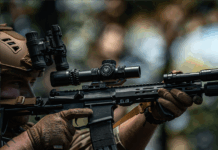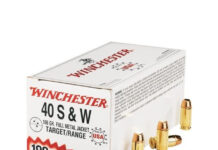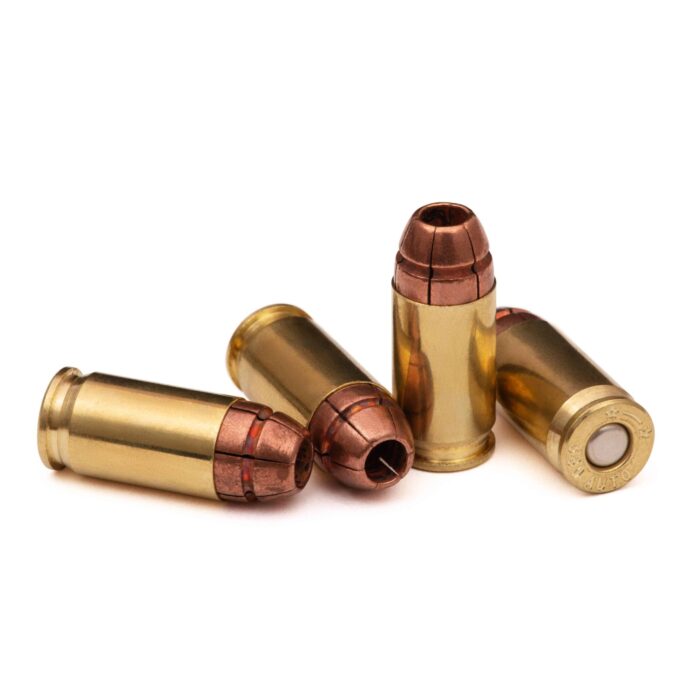
One of the reasons I love writing for GAT Daily is that they let me explore tiny niches of information that I and about a dozen other people find interesting. For example, which is the better mouse gun revolver round, the .32 H&R Magnum or the .380 ACP? Today, I want to dig into these two calibers and discuss which is better for your small revolver and why.
Why Compare .32 H&R Magnum and .380 ACP?
In the world of revolvers, these are both niche cartridges. The .32 H&R Magnum has been around since the 1980s, offering shooters a lower-recoil alternative to the .38 Special. While it didn’t receive a ton of popularity at release, it’s making a major comeback—or well, a major comeback as far as obscurish revolver calibers go.

The .380 ACP was never intended for revolver use—the A in ACP stands for Automatic. However, Charter Arms released a gun called the Coyote, a five-shot, snub-nose .380 ACP revolver that’s gained a fair bit of steam in the micro revolver world.
Both cartridges offer a lower recoil alternative to the .38 Special. They are soft shooters, and both offer a lightweight, easy-to-carry firearm that’s easy to shoot. With two options out there, we have to ask, is one better than the other?
.32 H&R Magnum vs. .380 ACP – Performance Differences
It’s all about performance, right? Which cartridge hits harder, penetrates deeper, and expands more? Which offers more capacity, and which is more affordable? That all matters for the end user, and it’s something we plan to explore today. You’ve come to the right place for a low-recoil revolver platform.

Penetration and Expansion
The .32 H&R Magnum takes a quick lead here. The .32 H&R Magnum can move a 90-grain projectile at 1,200 feet per second. The .380 ACP can move a 90-grain projectile at about 1,000 feet per second. We can talk about energy and foot-pounds, but with these two calibers, that doesn’t really matter.
The reason velocity and bullet weight matter is that they affect penetration. Handgun calibers only wound through direct contact. They don’t have secondary wounding mechanisms. With that in mind, the round must penetrate deep enough to reach the vitals. We typically measure that by penetration through properly calibrated ballistic gel.
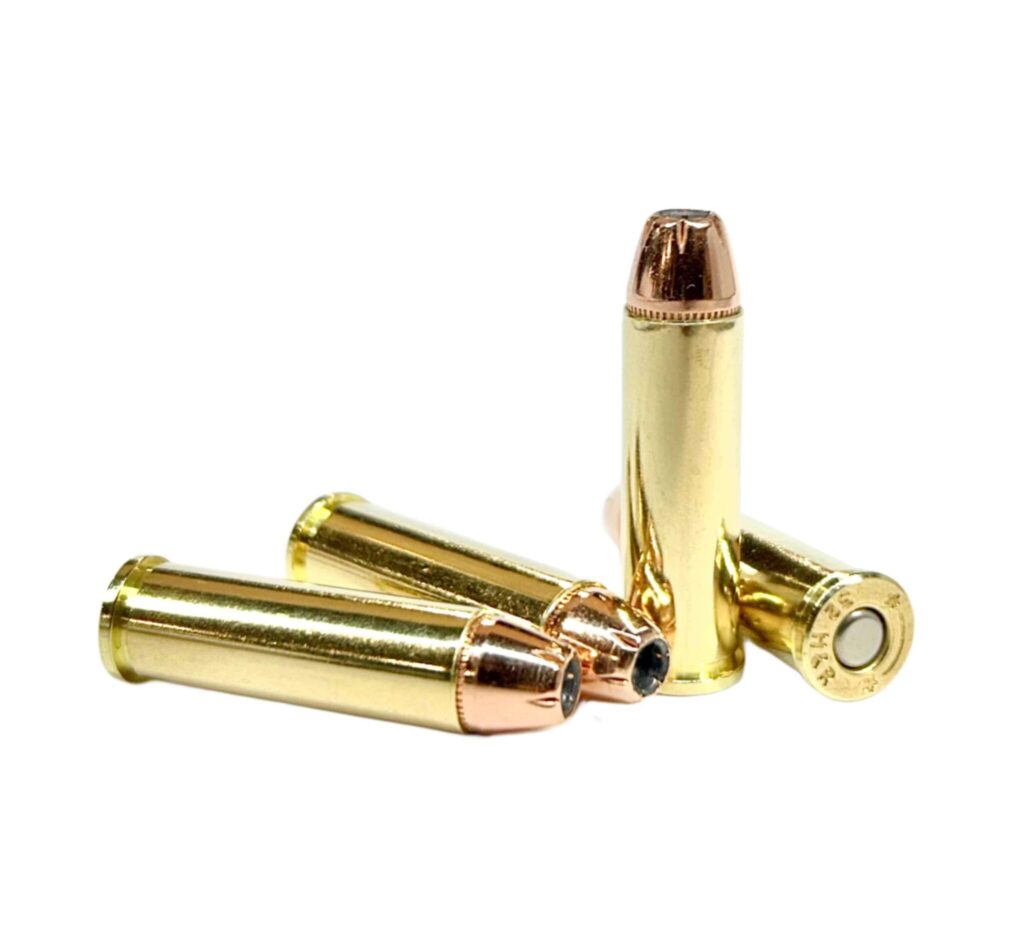
Both the .380 ACP and .32 H&R Magnum can reach those depths. When fired from a revolver’s two-inch barrel, the .380 ACP has a harder time penetrating and expanding. The .32 H&R Magnum can both penetrate and expand from a short-barrel revolver. An FMJ from a .380 ACP with a short barrel is typically wise.
A .32 H&R Magnum can use a JHP or similar defensive round and penetrate and expand deep enough to matter. This gives the .32 H&R Magnum a slight benefit.
What About Recoil?
The .380 ACP leads the way when it comes to less recoil. When fired side by side through similar revolvers, the .380 ACP has less recoil than a .32 H&R Magnum. The difference is noticeable but not extreme. Both rounds handle much better than a .38 Special.
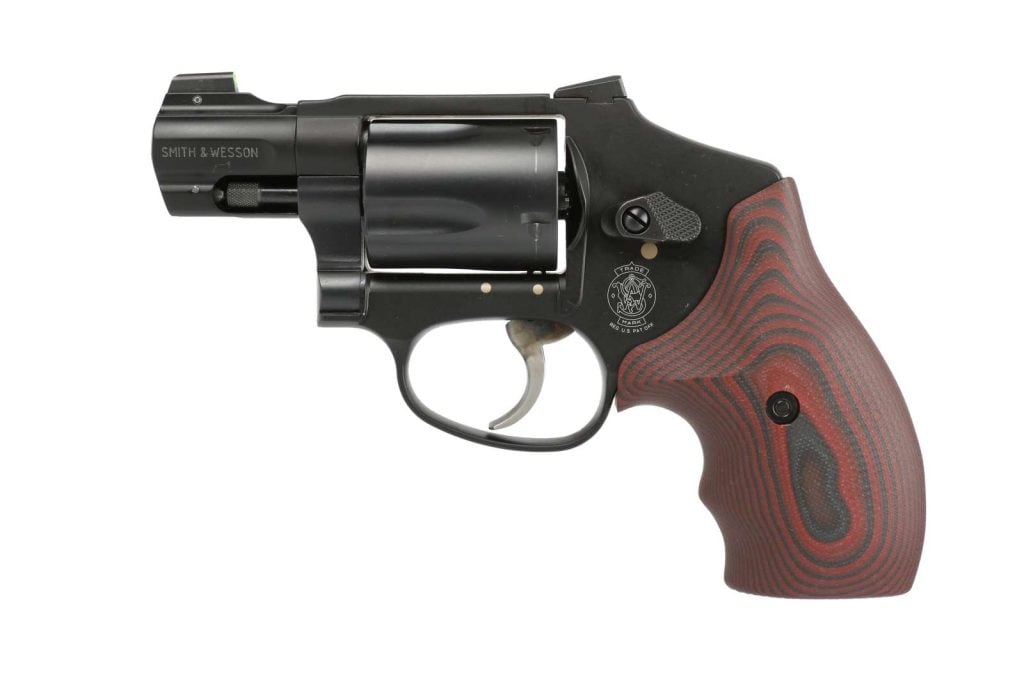
The lighter recoil of the .380 ACP makes the gun easier and faster to shoot, especially if we start talking about one-handed shooting. It makes a significant difference and should be noted as an advantage to a .380 ACP revolver.
Capacity
The .380 ACP uses a larger bullet than the .32 H&R Magnum and, much like the .38 Special, creates a five-shot small-frame revolver. The .32 H&R Magnum and its slimmer and trimmer bullet mean you get one extra round. Your typical five-shot snubby is now a six-shot snubby. One extra round isn’t much, but it’s an advantage worth mentioning.
Cost
Oh boy, let’s talk money. The .380 ACP is the way to go if you’re trying to save money. It’s cheaper and much easier to find. The .380 ACP round is very common, and multiple loadings exist. You can find various practice and defensive loads from all major manufacturers. They’ll be considerably cheaper than .32 H&R Magnum. Even when it comes to guns, the .380 Coyote is an affordable firearm.
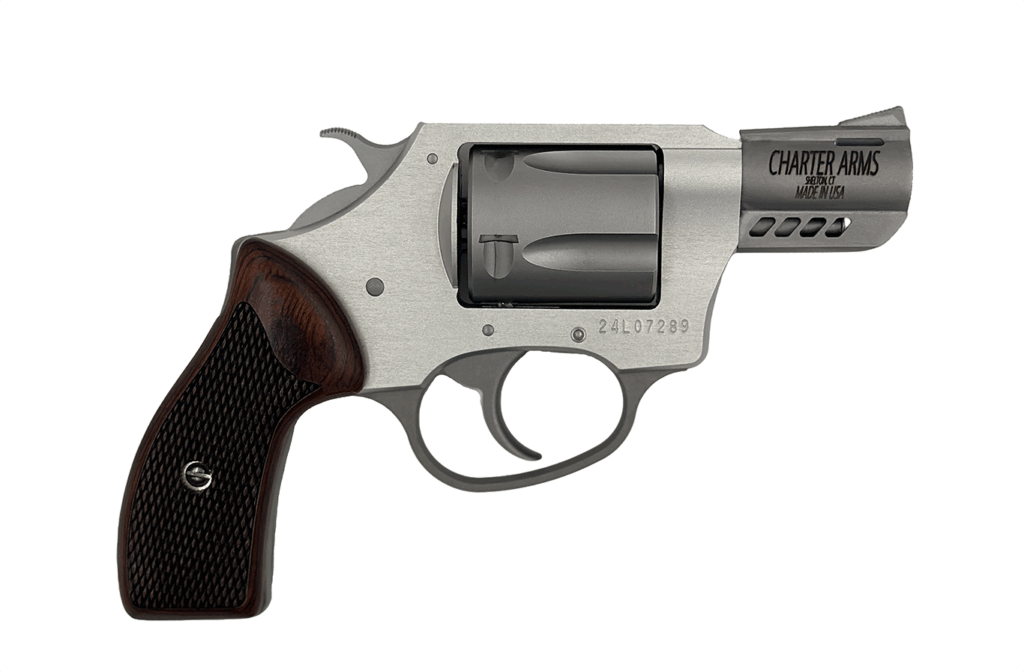
So, Which is Better?
It depends on what you prioritize. I carry the .32 H&R Magnum. I like the additional round, the additional penetration, and the expansion. However, I can see the .380 ACP as the better option due to its price and availability for many people. You can spend less and train more, which can be a major advantage to the end user. Hopefully, we’ve given you the information to make the best decision.


